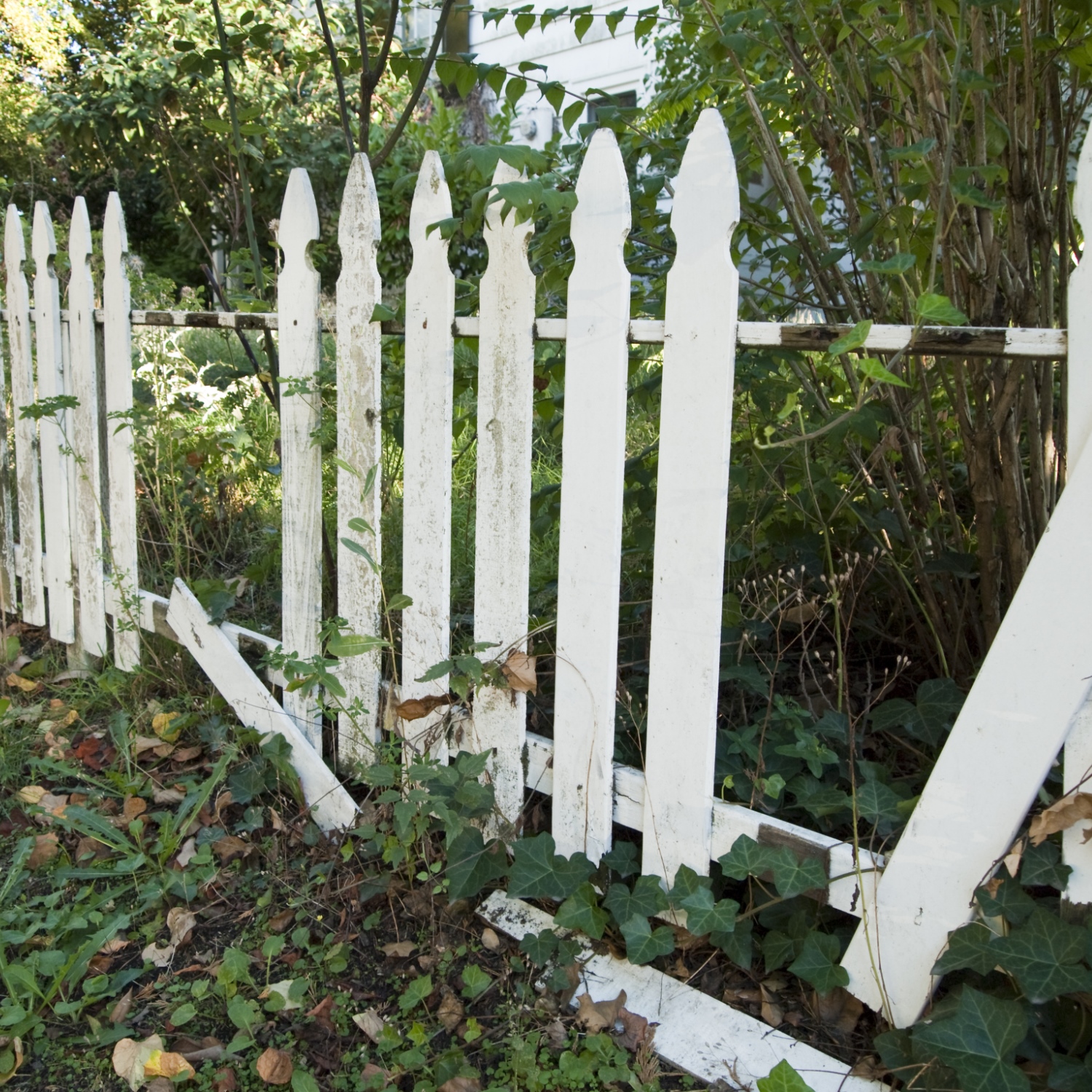Housing
Distressed Home Sales Remain High in Baltimore, Chicago, Tampa

Published:
Last Updated:

U.S. sales of distressed homes totaled 7.8% of all homes sold in June of 2016, according to data published Thursday by CoreLogic. The total represents a 2.2 percentage point drop compared with June of 2015 and a decrease of 0.8 percentage points compared with May of 2016. Maryland posted the most distressed sales of any state, 19.4%.
A distressed sale is a transaction involving a real estate-owned (REO) property or a short sale. In June REO sales accounted for 4.9%, and short sales accounted for 2.9% of all sales in the month. At the peak of distressed sales in January 2009, 32.4% of all sales were distressed, including REO sales totaling 27.9% of all sales.
The CoreLogic report noted:
While distressed sales play an important role in clearing the housing market of foreclosed properties, they sell at a discount to non-distressed sales, and when the share of distressed sales is high, they can pull down the prices of non-distressed sales. There will always be some level of distress in the housing market, and by comparison, the pre-crisis share of distressed sales was traditionally about 2 percent. If the current year-over-year decrease in the distressed sales share continues, it would reach that “normal” 2-percent mark in mid-2019.
The five states with the largest percentage of distressed sales were Maryland (19.4%), Connecticut (18.4%), Michigan (17.6%), Illinois (15.8%) and New Jersey (15.3%). North Dakota posted the smallest share of distressed home sales at just 2.5%. Florida had a 5.8-point drop in its distressed sales share from a year earlier, the largest decline of any state, and California had the largest improvement of any state from its peak distressed sales share, falling 60.6 percentage points from its January 2009 peak of 67.5. Only North Dakota and Washington, D.C., remain close to pre-crisis levels of distressed sales.
Among the 25 largest metropolitan areas, these five posted the largest percentage of distressed sales:
Orlando-Kissimmee-Sanford had the largest year-over-year drop in its distressed share, falling by 8.6 points from 24 in June 2015 to 15.4 in June 2016. Riverside-San Bernardino-Ontario, California, had the largest overall improvement in its distressed sales share from its peak value, dropping from 76.5% in February 2009 to 9.4% in June 2016. The smallest percentage of distressed sales, 2.4%, occurred in the Denver-Aurora-Lakewood, Colorado, metro area.
A financial advisor can help you understand the advantages and disadvantages of investment properties. Finding a qualified financial advisor doesn’t have to be hard. SmartAsset’s free tool matches you with up to three financial advisors who serve your area, and you can interview your advisor matches at no cost to decide which one is right for you. If you’re ready to find an advisor who can help you achieve your financial goals, get started now.
Investing in real estate can diversify your portfolio. But expanding your horizons may add additional costs. If you’re an investor looking to minimize expenses, consider checking out online brokerages. They often offer low investment fees, helping you maximize your profit.
Thank you for reading! Have some feedback for us?
Contact the 24/7 Wall St. editorial team.